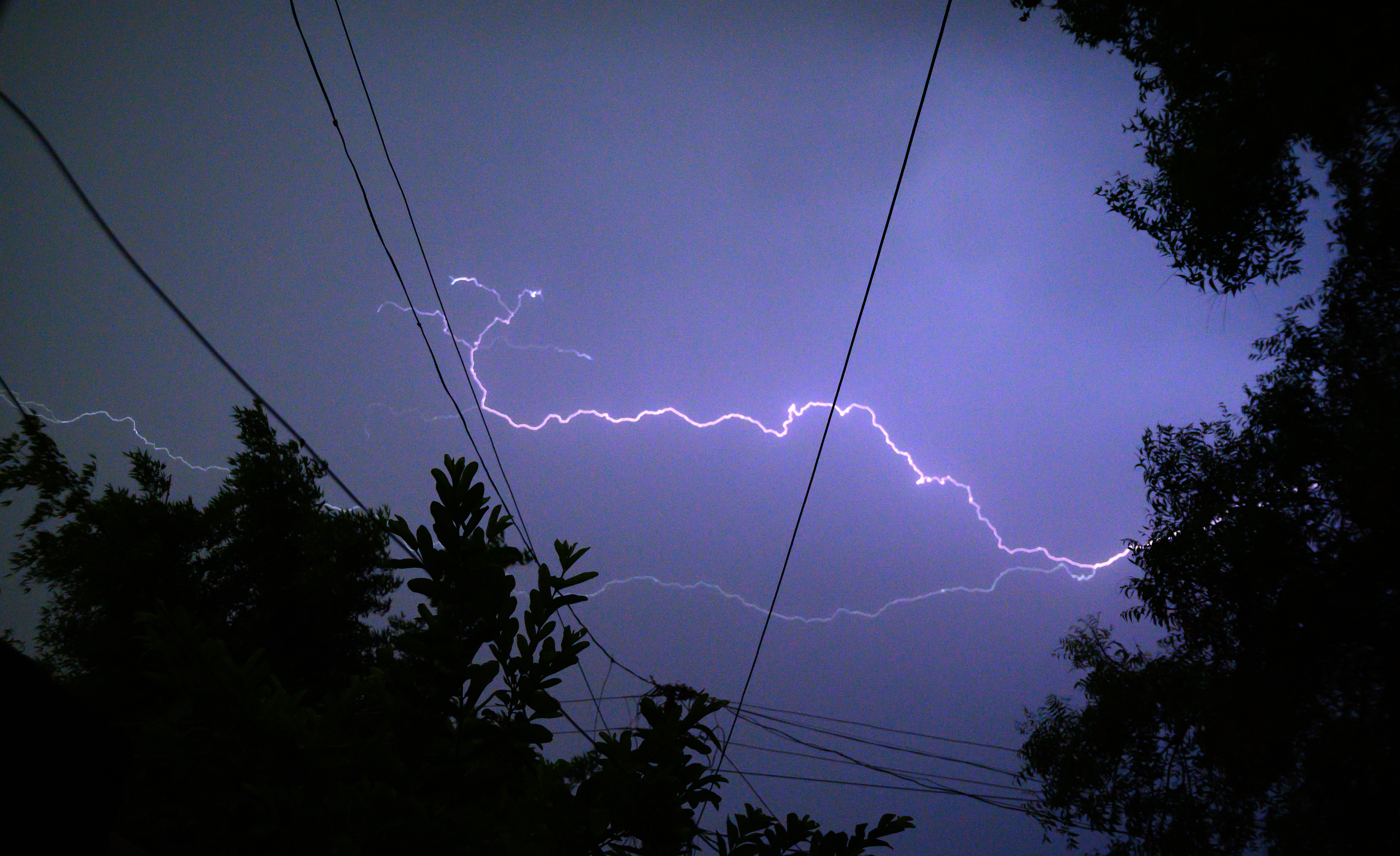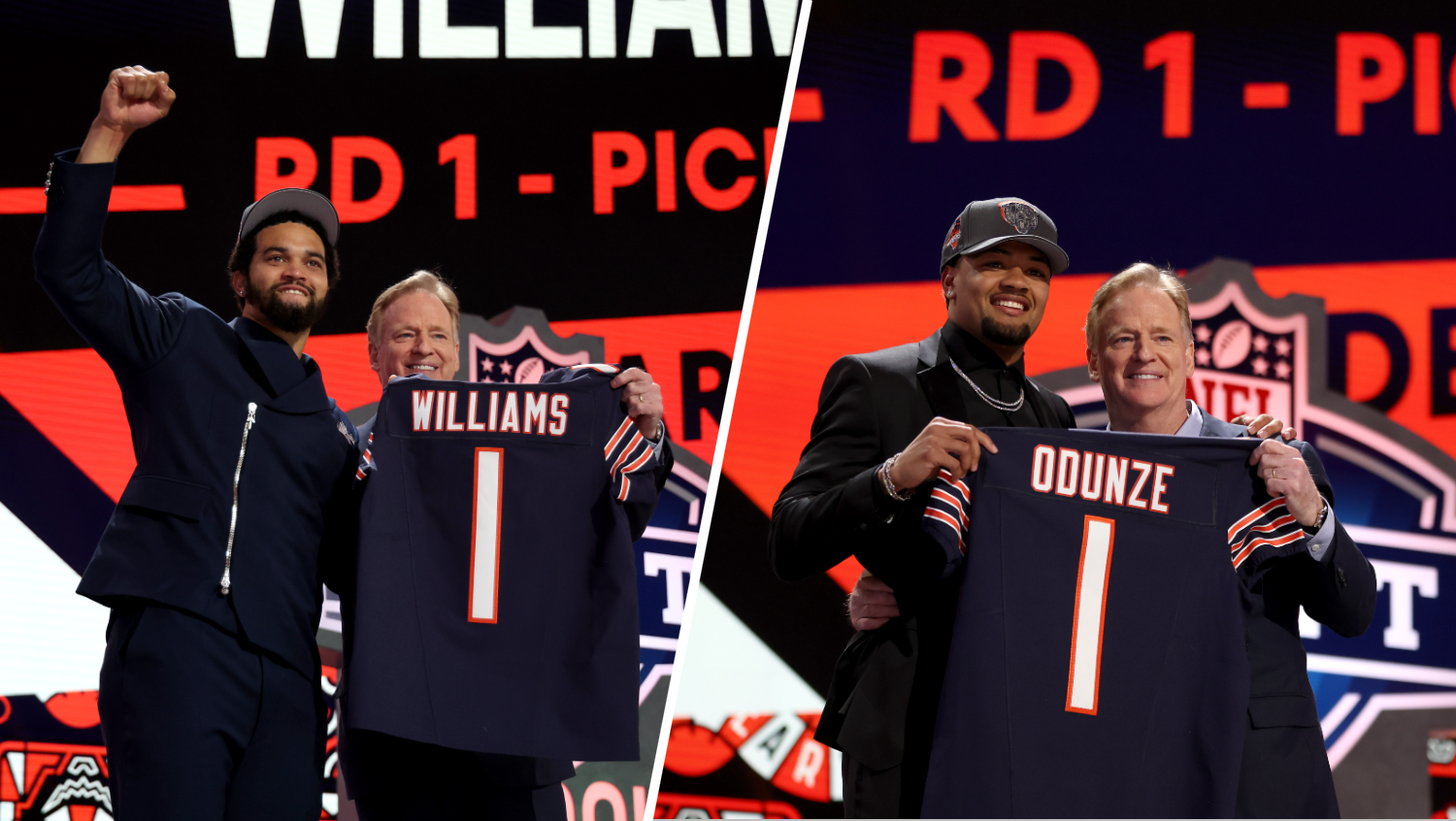A suburban weapons sting operation left two people shot Monday evening, according to police.
Swarms of local and federal law enforcement could be seen gathering around 6 p.m. in the south suburban neighborhood of Chicago Heights for what officials are calling an illegal firearm sting gone bad.
Police said no officers were injured in the sting-turned-shootout, but two suspects were transported to area hospitals with non-life threatening injuries.
Tom Ahern, an alcohol, tobacco and firearms spokesperson explained it was a joint illegal firearms investigation with Chicago Police.
“It was federal firearms violations,” Ahern told NBC Chicago. “During the course of that investigation one of suspects drew a weapon, threatened the lives of the agents and law enforcement officers.”
Ahern said the officers returned fire in fear of their lives, injuring two individuals and taking a third into custody.
One witness, Barnesha Bankston, told NBC Chicago they were told what happened in the parking lot behind 462 West 15th Street.
Local
“They came in and explained,” Bankston said. “It was undercover investigation went bad, [explaining it was not an] innocent person [that] got shot.”
Banston said she could hear three gunshots fire off back-to-back during the altercation.
“We’re trying to protect communities from whatever activities they're involved in,” Ahern said. “And then these individuals turned the gun on law enforcement.”
Several residents questioned what happened immediately afterward.
“Why did police pick up the gun shells, why?” one resident questioned. “[What is] one good reason why [they] removed evidence?”
It was a question that Ahern could answer.
“Both AFT and CPD shooting review teams will be on scene [to] analyze evidence and firearms used by suspects and those used by officers, [such as] how many shots fired and how many shell casings,” Ahern said.
The scene was still being investigated by federal agents after 10 p.m. Monday.
“Iit's going to take some time before we're able to know exactly what took place,” Ahern said. “[We need to put together a timeline; interviews still need to be conducted.”



